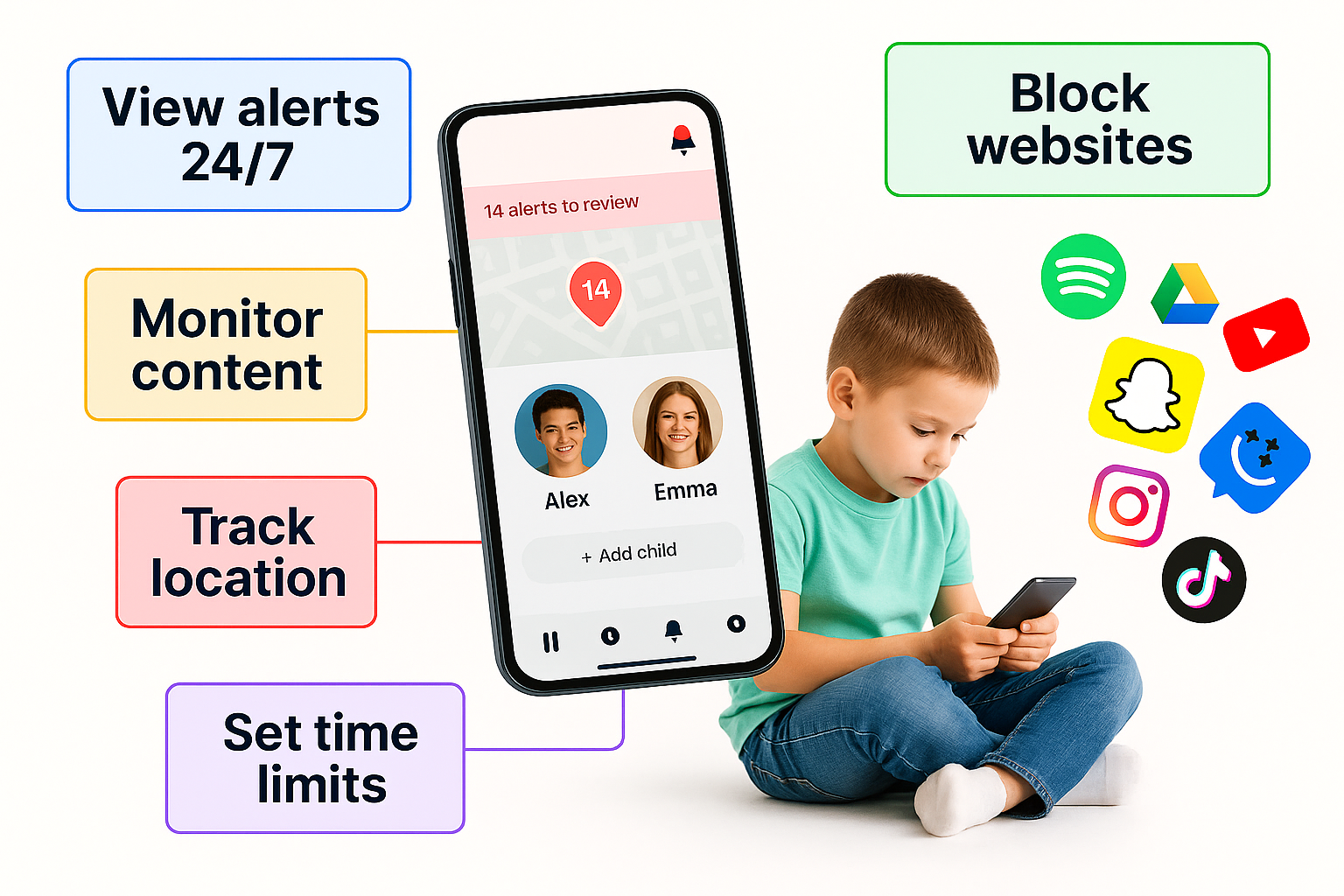📱 Teen Smartphone Use: Risks, Benefits, and What Parents Should Know
The rise of smartphones has dramatically changed how young people live, learn, and connect. For teens, phones serve as both a lifeline to peers and a source of endless distraction. While some see them as essential, others warn of risks tied to mental health effects of smartphone use in teens.
Recent studies make it clear: owning a phone isn’t automatically bad. The real impact depends on how, when, and why teens use their devices.
The Link Between Smartphones and Teen Mental Health
A major focus of current research is the connection between heavy device use and teen stress, anxiety, and low self-esteem. Many adolescents spend hours on TikTok or Instagram, and those with compulsive scrolling habits are more likely to struggle emotionally.
But researchers emphasize this is not one-size-fits-all. For some, phones can even provide comfort and social support. The challenge lies in promoting healthy habits and teen phone addiction solutions rather than banning devices outright.
Sleep Disruption and Fatigue
One of the strongest patterns across studies is how late-night phone use cuts into rest. Around 1 in 4 teens admit to sleeping with their phone nearby, often leading to poor sleep and next-day fatigue.
When rest is disrupted, problems pile up: trouble concentrating, mood swings, and dips in school performance. Experts recommend families consider teen-friendly parental control phones or “tech-free bedrooms” to encourage healthier routines.
Academic Performance and Focus
Phones can be both tools and distractions in school. On one hand, they give access to educational apps and digital collaboration. On the other, constant notifications and multitasking interrupt learning.
Students who frequently check messages while studying tend to show lower grades and weaker memory recall. To balance this, families often look for a starter phone for teenagers without internet, which allows basic communication but removes the endless scroll.
Social media apps like Snapchat, Instagram, and TikTok amplify both the good and bad of digital life. Teens enjoy connection and creativity, but many also face:
- Cyberbullying → online harassment is strongly tied to anxiety and depression.
- Social comparison → teens compare themselves to filtered, unrealistic posts, fueling self-doubt.
- FOMO (Fear of Missing Out) → constant alerts push them to check their phone obsessively.
In fact, studies show that teens who post publicly on social media are nearly twice as likely to show symptoms of depression or anxiety compared to peers who rarely post. This is why safe cell phones for teens without social media are gaining popularity among parents.
Not All Phone Use is Negative
Phones aren’t automatically damaging. When used intentionally, they support friendship, schoolwork, and safety. Apps that help with studying, fitness tracking, or mindfulness can have positive effects.
Moderation is the real solution. Encouraging teens to use phones for connection and learning—not endless scrolling—helps reduce risks.
Gender and Age Differences
The impact of phones isn’t the same for everyone:
- Teen girls often feel stronger social pressure through likes, comments, and online image.
- Teen boys may lean more toward gaming, which can lead to long hours of screen time.
- Younger adolescents (11–13) are particularly vulnerable, as their self-regulation skills are still developing.
This highlights the need for age-appropriate guidelines and parental involvement.
Practical Tips for Parents
Experts recommend these steps to promote healthier use:
- Encourage downtime → device-free meals and evenings.
- Model balance → parents putting phones away sets a powerful example.
- Guide content choices → encourage apps that promote learning, creativity, or physical activity.
- Stay alert to signs → mood swings, falling grades, or withdrawal may signal a deeper issue.
Smartphones are here to stay. The real question is how teens use them, and whether families set clear boundaries. With the right structure, devices can be helpful tools instead of sources of stress.
For families considering safer options, one practical solution is choosing a limited feature phone for young children or even a teen-friendly parental control phone. These devices allow connection while avoiding the constant pull of apps and social media.

